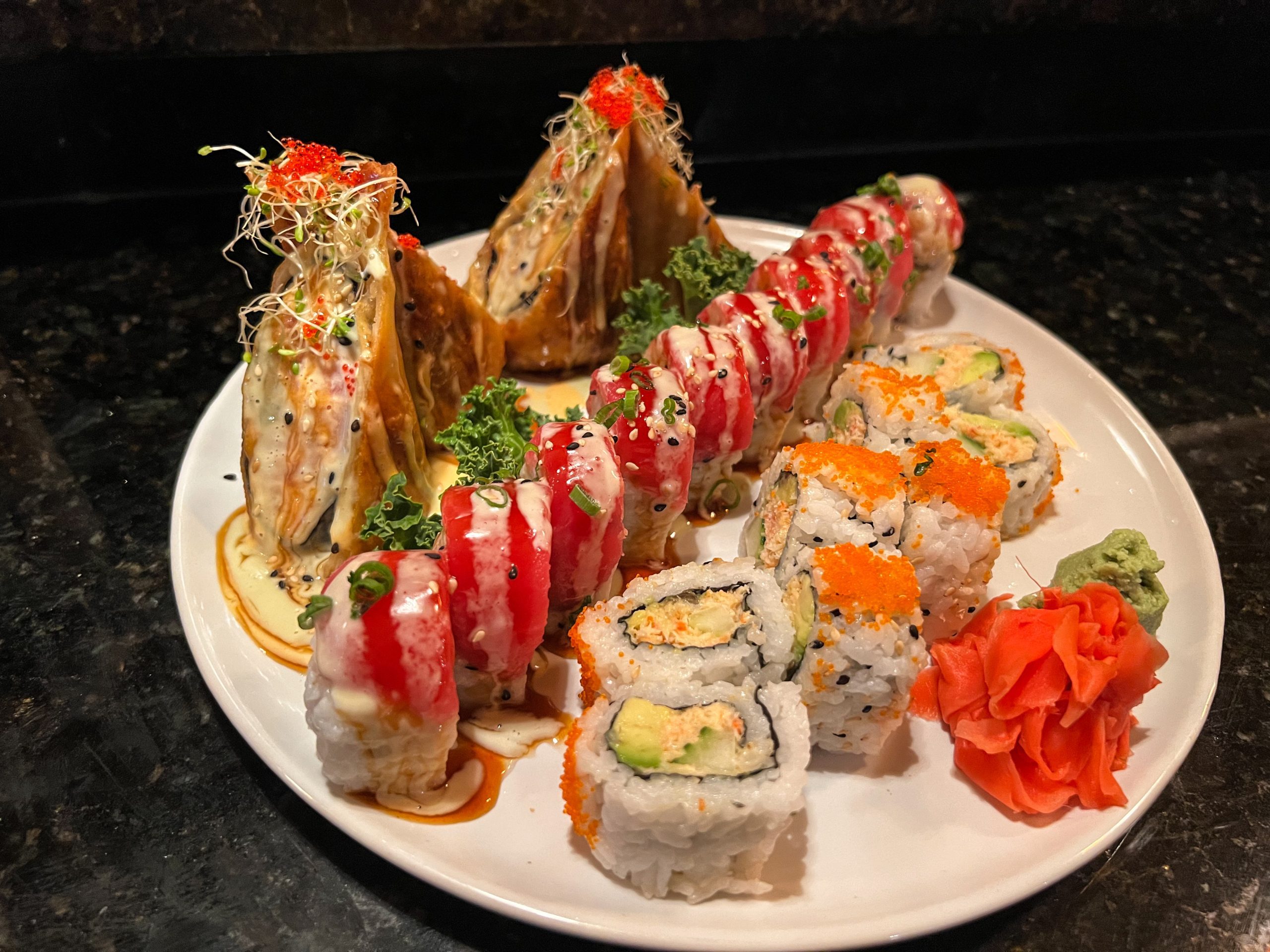Japanese sushi and Thai sushi are two popular types of sushi that differ in their origins, ingredients, flavors, and presentation. Japanese sushi features vinegared rice, fresh fish, and seaweed with delicate and subtle flavors, while Thai sushi is typically more heavily seasoned with spicy chili paste, curry powder, and coconut milk, emphasizing bold and flavorful ingredients. Japanese sushi is known for its intricate and delicate presentation, while Thai sushi has a less formal presentation, focusing more on the ingredients’ flavors and textures. Ultimately, the choice between the two comes down to personal preference, and both offer unique characteristics worth experiencing.
Japanese vs. Thai Sushi: A Battle of the Rolls
When it comes to sushi, the competition is fierce between different types of cuisine. Japanese and Thai sushi are two of the most popular types of sushi in the world.
In this article, we will compare and contrast the two cuisines to see the differences in their sushi offerings.
Origins
Japanese sushi is well-known and has been around for centuries. It is said to have originated in Southeast Asia and was brought to Japan around the 8th century.
On the other hand, Thai sushi is a relatively new creation that has evolved from traditional Thai food over the last few decades. It is often referred to as “fusion” sushi and usually features a combination of traditional Thai ingredients and sushi techniques.
Ingredients
Japanese sushi typically features vinegared rice, fresh fish, and seaweed. Soy sauce, wasabi, and pickled ginger are often served as accompaniments.
Thai sushi, on the other hand, tends to be more heavily seasoned, featuring ingredients like spicy chili paste, curry powder, and coconut milk. Thai sushi may also include cooked or pickled vegetables on top of the rice, along with fresh seafood or chicken.
Flavors
Japanese sushi is known for its delicate and subtle flavors, with the focus being on the quality and freshness of the fish. The sushi is often lightly seasoned with soy sauce and accompanied by pickled ginger, which serves to cleanse the palate between bites.
Thai sushi, in contrast, is typically more bold and flavorful, with the emphasis being on spicy and savory flavors. The seasoning is more prominent in Thai sushi, with the use of chili paste, curry, and other spices to add heat and flavor to the rolls.
Presentation
Japanese sushi is known for its intricate and delicate presentation. The rolls are carefully arranged and garnished with edible flowers, sesame seeds, or other decorative elements. The rice is often rolled tightly and cleanly for a picture-perfect presentation.
Thai sushi, on the other hand, has a less formal presentation. The rolls may be garnished with fresh herbs or vegetables, but the focus is more on the flavors and textures of the ingredients than on the presentation itself.
Conclusion
Ultimately, the choice between Japanese and Thai sushi comes down to personal preference. Japanese sushi is more traditional and focuses on quality ingredients and delicate flavors. Thai sushi, on the other hand, is a more modern fusion cuisine that features bold and flavorful ingredients.
Both cuisines have their own unique characteristics and are worth trying to experience the differences firsthand. Whether you prefer the delicate flavors of Japanese sushi or the bold and spicy flavors of Thai sushi, one thing is for sure: the battle of the rolls will continue to be a delicious competition for years to come.
